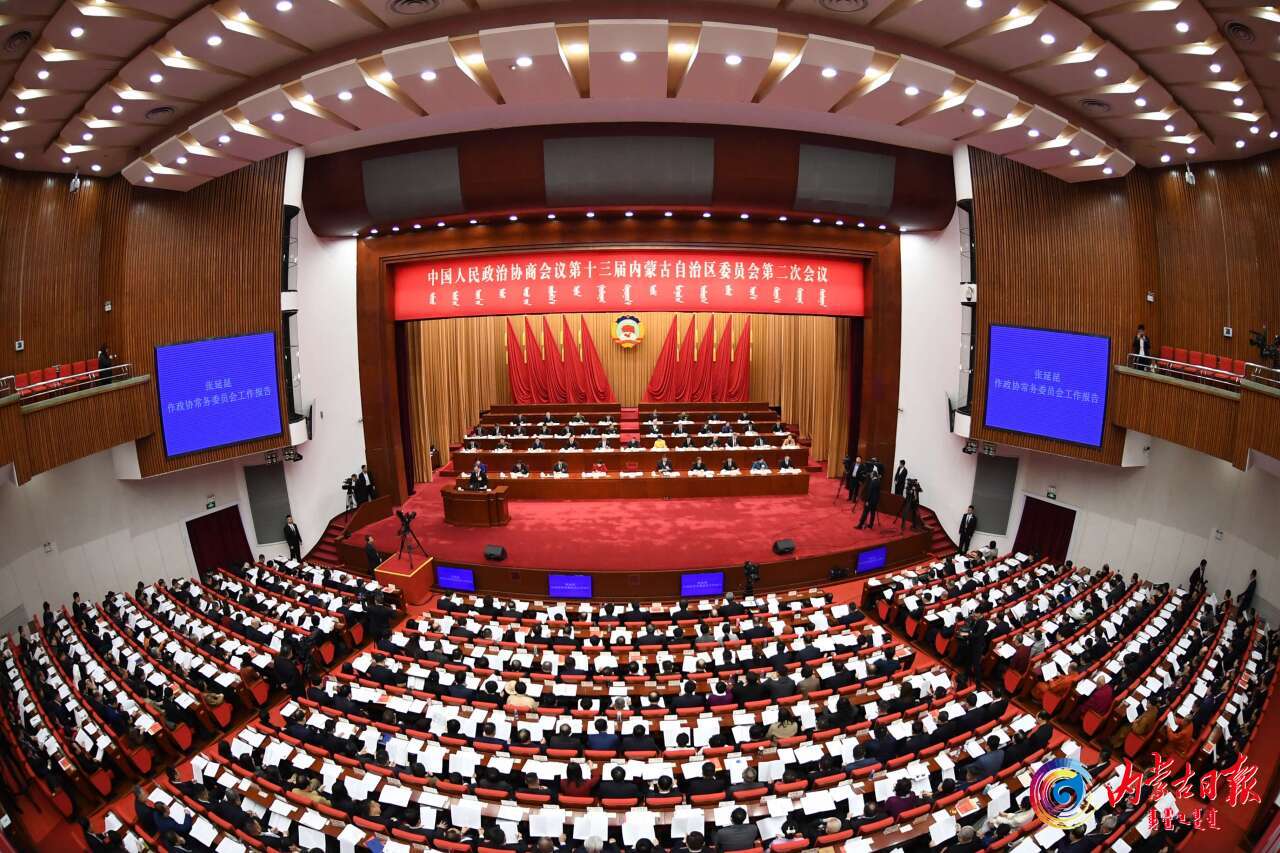Inner Mongolia water body area gradually recovers
The total surface area of the six main water bodies in North China’s Inner Mongolia autonomous region is generally good, according to the 2019 Comprehensive Ecological Meteorological Testing and Evaluation Report recently issued by the autonomous region’s meteorological bureau.
The evaluated water bodies include the Hulun Nur Lake, Ulansuhai Nur, Daihai Lake, Huangqi Lake, Dalinuo'er Lake and Dongjuyan Lake.
Of these, Hulun Nur Lake increased by 340.4 square kilometers compared with 2011.
Since November, 2012, the Hulun Nur Lake has implemented large-scale ecological protection projects -- such as comprehensive management of its bare sandy lands, wetlands restoration and a comprehensive improvement and monitoring project of the Hulun Nur Lake National Nature Reserve.
As a result of the efforts, the water area of Hulun Nur Lake expanded to 2,063 square kilometers in 2019.
Meanwhile, the water area of other water bodies in Inner Mongolia is gradually recovering.
The Dongyanju Lake has dried up several times in its history. In August 2001, the State Council -- China’s Cabinet -- approved the "Recent Treatment Planning of the Heihe River Basin", which undertook comprehensive treatment of the Heihe River Basin as a key ecological project for the development of the western region.
In 2019, the water surface area of Dongyanju Lake has reached 62.4 sq km.
In May this year, the construction of the Daihai Lake ecological emergency water replenishment project started. The project plans to take water from the mainstream of the Yellow River to supply water to Daihai Lake.



 Print
Print Mail
Mail





